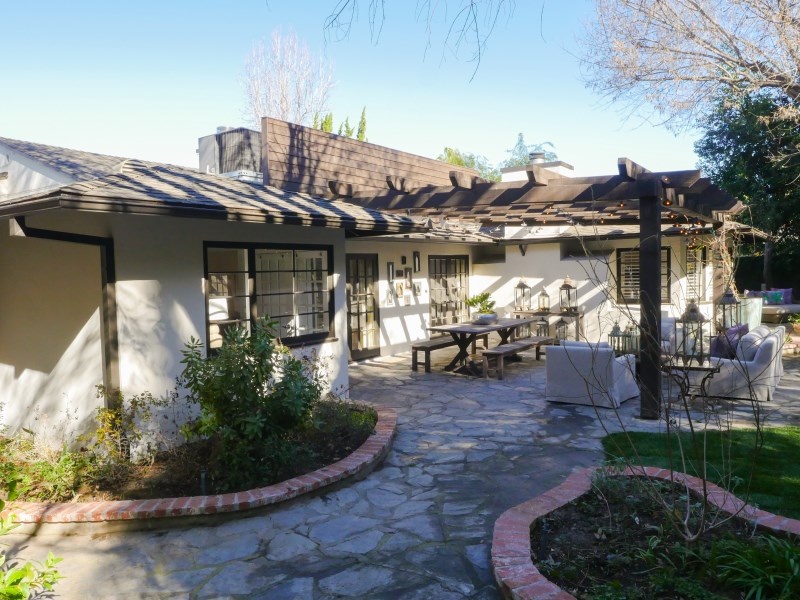From EnlightenMe.com
A home equity line of credit is an amount of money a lender is willing to lend to a homeowner using the homeowner’s property as collateral. In other words, a home equity line of credit allows you to tap into equity stored in your home, or the value of your home that you own that exceeds the amount owed on the mortgage. A Home equity line of credit is often abbreviated as HELOC and can come in many forms.
Applying for a Home Equity Line of Credit
Most banks determine how large of a home equity line of credit to grant by using the appraised value of the home, minus the amount of money you still owe on the mortgage. If the appraised value is $100,000 and you still owe $75,000, then there is $25,000 equity in the home. Most banks will allow a homeowner to borrow up to 75 or 80 percent of the equity, or in this case between $18,750 and $20,000.
Lenders also take into consideration the borrower’s ability to repay the loan. The lender determines this by looking at the borrowers income, debts and credit score.
How Does a Home Equity Line of Credit Work?
A home equity line of credit usually has a set period in which the borrower can use the credit line; ten years is a common timeframe. Once this period is up, the borrower must renew the HELOC if he wishes to continue using the line of credit. This period is called a “draw period.” Some plans do not allow the borrower to renew the home equity line of credit at the end of the draw period. Other HELOCs require that the balance due at the 10-year mark is paid in full or there may be a set repayment period to allow the borrower to pay off any existing balance.
There are various ways to draw money from the home equity line of credit. Some lenders give the borrower special checks and some issue a credit or debit card. Depending on the lender, you may have to borrow a minimum amount each time you want to draw on the home equity line of credit. Some lenders may require you to keep a minimum outstanding balance.
Costs of a Home Equity Line of Credit
There are usually costs involved with setting up a home equity line of credit. These costs include an appraisal fee, an application fee, points and closing costs. Closing costs include attorney’s fees, title search fee, mortgage preparation fee, filing fees, property and title insurance and taxes.
You will also have to pay interest on the amount you borrow. Before taking a home equity line of credit, check with the bank to determine what the annual percentage rate (APR) will be. HELOCs generally have variable rates, which means the rates change and are based on an index such as the LIBOR or U.S. treasury bill rate. Percentage points are also attached to the rate, which means if the rate is tied to the LIBOR index and this index is at 5 percent, the APR on your home equity line of credit will be 5 percent plus percentage points.























































